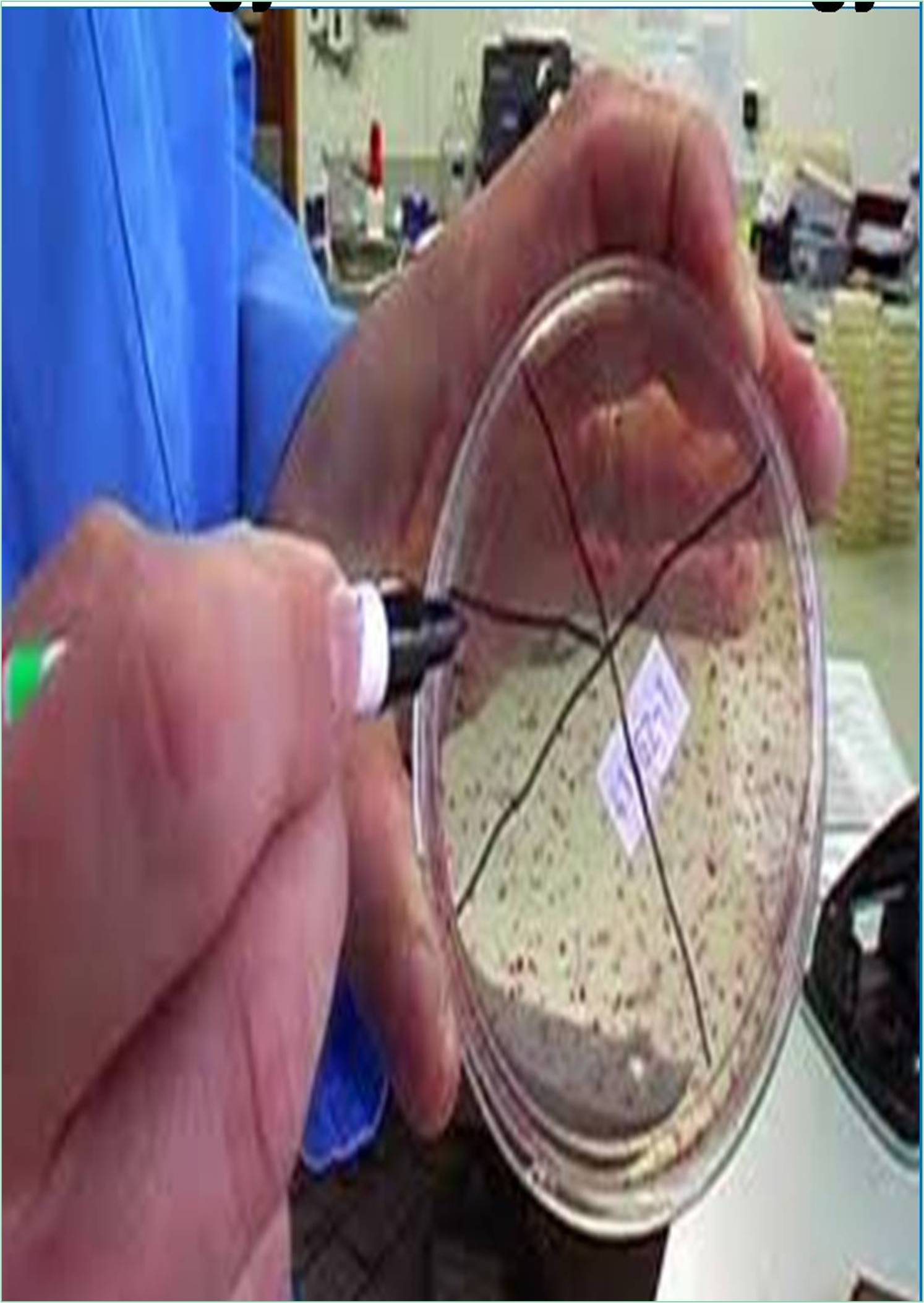



Received: 29-Nov-2022, Manuscript No. GJVI-22-82834; Editor assigned: 02-Dec-2022, Pre QC No. GJVI-22-82834 (PQ); Reviewed: 16-Dec-2022, QC No. GJVI-22-82834; Revised: 23-Dec-2022, Manuscript No. GJVI-22-82834 (R); Published: 30-Dec-2022, DOI: 10.15651/2229-3239.22.2.013
Food allergies develop when the immune system overreacts to allergic proteins in foods. When sensitive people inhale, consume, or come in contact with specific foods, their immune systems react negatively. An allergic reaction may present with mild (itchy mouth, a few hives), severe (throat tightening, breathing difficulties), or anaphylactic clinical signs. Evidence suggests that environmental, nutritional, and lifestyle changes are the main causes of the rising occurrence of food allergies.
Restaurants are renowned locations for food allergy reactions, with 31% to 50% of study participants reporting an unanticipated allergic reaction to food after dining there. Additionally, deadly anaphylactic reactions to food have been linked to restaurants, with 18 of 63 (28%) and 16 of 48 (31%) of the fatalities in the USA and UK, respectively, being connected to meals consumed in restaurants, catering, or from takeout.
Surveys on the knowledge, attitudes, and practises of food handlers regarding food allergies are particularly useful for identifying the strengths and weaknesses of restaurant staff when it comes to preparing meals without allergens as well as their readiness to handle food allergy episodes that are likely to occur on the premises. Results from similar studies carried out around the globe show that there are significant knowledge gaps regarding food allergies, misconceptions about kitchen practises that would ensure that no food allergens are present in the prepared meals, miscommunication between front-of-the-house and back-of-the-house staff on the preparation and serving of meals to potentially food-allergic customers, and inadequate readiness to handle food allergy incidents, among other issues.
Food allergy has a major negative impact on the quality of life for both children and the people who care for them.
It also has a big negative financial impact on families that have a kid who is food allergic. Therefore, preventing food allergies is a sensible first step in reducing the condition's mortality, severe morbidity, and associated expenses.
The search for effective primary prevention strategies has consequently shifted to interventions such as time limits for exclusive breastfeeding, breastmilk substitutes, early introduction of foods including common food allergen introduction, vitamin D and omega-3 fatty acid supplementation, and modification of the mate. Food allergy prevention strategies based on delaying introduction of common food allergens in high risk individuals have been largely ineffective.
A crucial study for preventing peanut allergies was the Learning Early About Peanut (LEAP) trial, which randomly assigned 640 high-risk infants between the ages of 4 and 11 months to consume or avoid peanut until they were 60 months old. According to this study, the prevalence of peanut allergies was 86.1% lower in the consuming group than in the control group. These researches serve as a basis for evidence based preventative guidelines and advisory materials for food allergies.
Clinical practise guidelines are created for medical practitioners and are crucial to ensuring patients receive the best possible care. For effective translation and implementation, food allergy prevention guidelines for healthcare practitioners should be created based on current clinical trial findings. High-quality evidence must be integrated, and a rigorous formulation and reporting process is essential because guidelines are meant to support clinical practise.